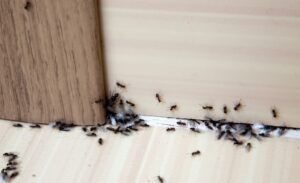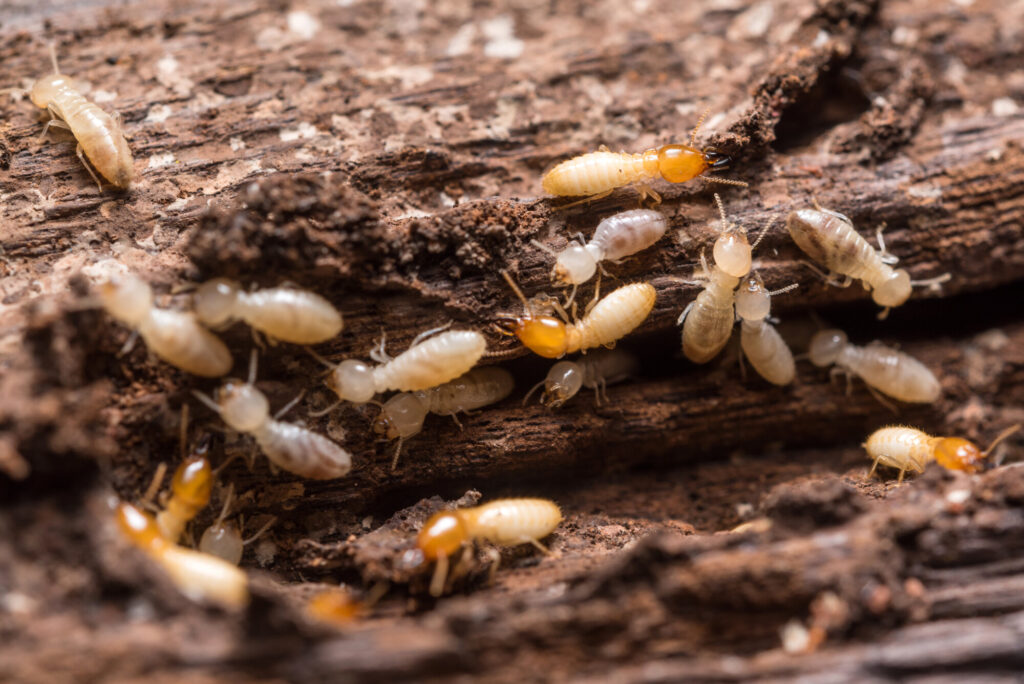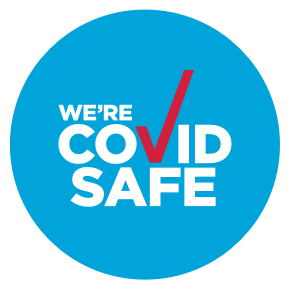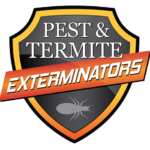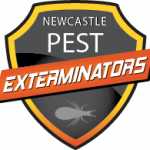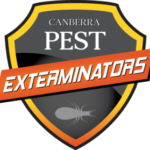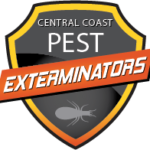Pests are a common problem for homeowners, and taking the necessary steps to protect your property is essential. One of the most challenging pests to deal with are flying ants and termites. Though they may look similar, these insects have different characteristics, habits, and behaviours that make them distinct. In this blog post, we will be exploring the differences between winged ants and termites so that you can better identify and protect your property from these pests.
Many homeowners may be unable to tell the difference between flying ants and termites. They may not even know that they have a termite infestation until it’s too late. This is why it is crucial to be able to identify these pests correctly, as the methods of control and prevention vary greatly.
Physical Differences Between Flying Ants & Termites
One of the most apparent differences between winged ants and termites is their physical appearance.
- Size: Ants are generally larger than termites. They can grow up to an inch, while termites are usually around 1/4 to 1/2 inch in length.
- Colour: Flying ants are typically dark in colour and can be black, brown or reddish. Termites, on the other hand, are usually pale in colour and can appear to be white or cream.
- Wings: Ants have two sets of wings, while termites have only one. The front wings of ants are larger than their hind wings, whereas termites’ wings are the same size.
- Antennae: Ants have elbowed antennae, while termites have straight antennae.
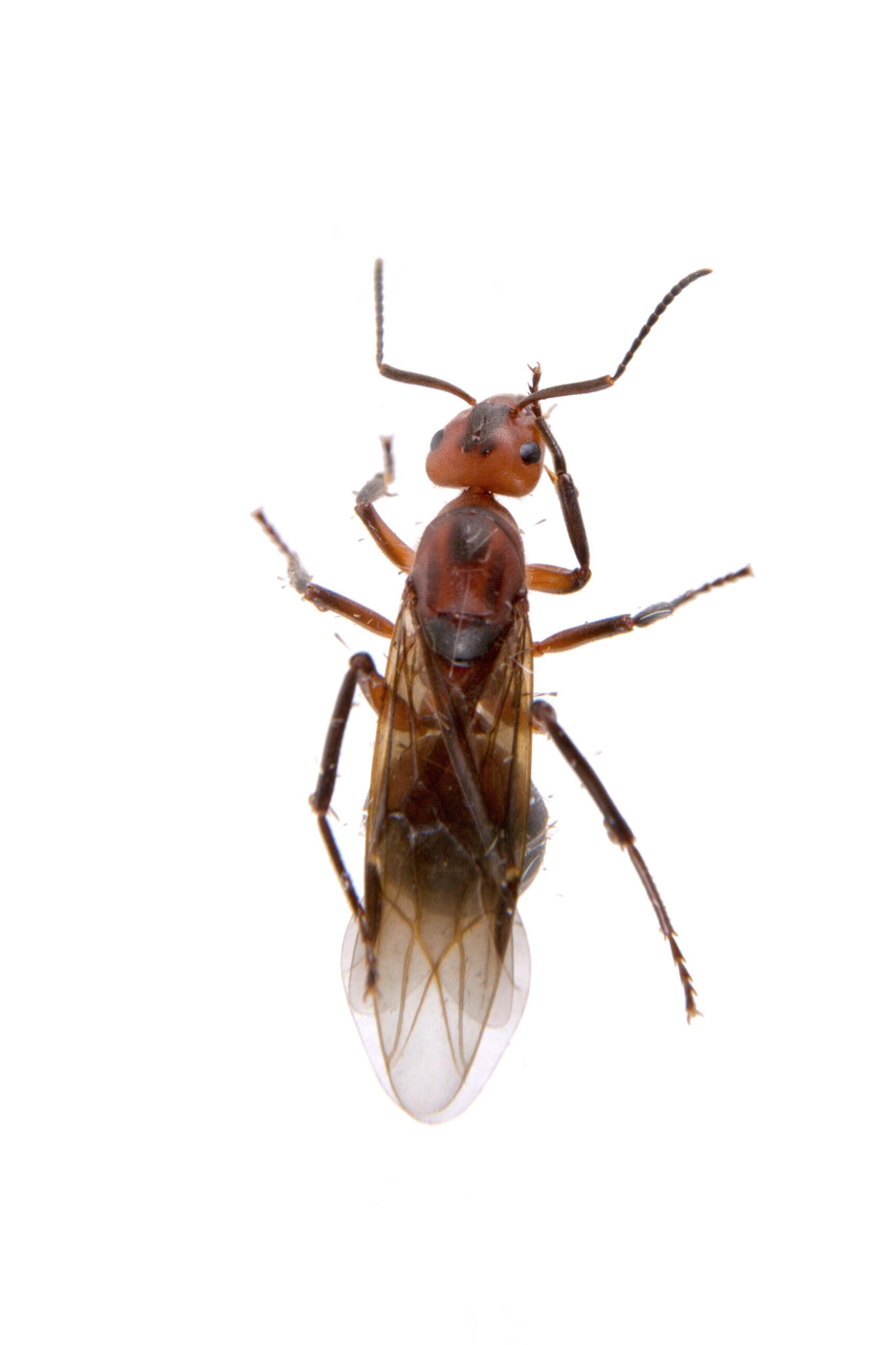

Habitat and Behaviour
Understanding the habitat and behaviour of flying ants and termites is crucial in identifying the type of pest you are dealing with.
- Nesting habits: Flying ants are typically found near food and water sources, such as garbage cans and kitchen sinks. They often nest in the soil or in the walls of buildings. Conversely, termites are found in wood and other cellulose materials, such as books or paper. They usually nest underground or inside the wood.
- Diet: Flying ants are omnivorous, meaning they will eat a variety of food. Termites, on the other hand, feed on wood and other cellulose materials.
- Behaviour: Winged ants swarm in the summer, usually in the evening. They are attracted to light and can be found near windows or light fixtures. Termites, on the other hand, are not attracted to light and are active year-round. They are usually found in the wood, where they are feeding.
Damage
Both flying ants and termites can cause significant damage to your property. However, the type of damage caused by each pest is different.
- Structural damage: Flying ants do not cause structural damage. They are typically a nuisance pest and are not known to cause significant damage. Termites, on the other hand, can cause considerable structural damage. They can weaken the structural integrity of a building, making it unsafe to live in.
- Economic impact: The economic impact of flying ants is minimal, as they do not cause structural damage. Termites, on the other hand, can cost homeowners thousands of dollars in repairs.
Control and Prevention
Proper identification of the pest is the key to controlling and preventing flying ants and termites.
- Chemical treatments: For ants, chemical treatments like baits and sprays can effectively control and prevent infestations. Termite infestations, however, require specialised treatments such as liquid termiticides, baiting systems and physical barriers.
- Baiting systems: Baiting systems for flying ants are typically less effective than chemical treatments. Baiting systems for termites, on the other hand, can be very effective in controlling and preventing infestations.
- Physical barriers: Physical barriers such as screens and door sweeps can help prevent ants from entering a building. For termites, barriers like a chemical treatment around the perimeter of the building can effectively prevent infestations.
Termites and Flying Ants Pest Control
Understanding the differences between flying ants and termites is crucial in identifying and protecting your property from these pests. Flying ants and termites may look similar, but they have distinct characteristics, habits, and behaviours that make them unique.
Proper identification and control methods can save homeowners thousands of dollars in repairs and prevent structural damage caused by termites. If you suspect you have a pest infestation, contact Maitland Pest Exterminators for expert pest identification and control services.


